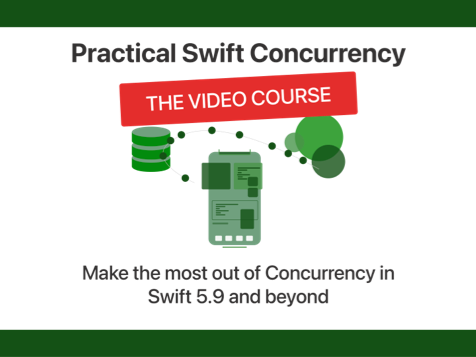A deep dive into Collections, Sequences, and Iterators in Swift
Published on: November 5, 2025When you write for item in list the compiler quietly sets a lot of machinery in motion. Usually writing a for loop is a pretty mundane task, it’s not that complex of a syntax to write. However, it’s always fun to dig a bit deeper and see what happens under the hood. In this post […]
Read post

